Your location:Home >Automotive News >
Time:2022-07-13 14:53:29Source:
The market share of Chinese brand passenger vehicles has reached a new high. According to data from the China Automobile Association, it reached 47.2% in the first half of this year, an increase of 5.3 percentage points over the same period last year.In contrast, the market share of German and Japanese passenger cars has declined.With the development advantages innew energyand intelligence, the market share of Chinese brand passenger vehicles is expected to further increase.
Market share close to 50% red line
In the first half of this year, the total sales volume of Chinese brand passenger vehicles reached 4.891 million units, a year-on-year increase of 16.5%, much higher than the overall growth rate of the passenger vehicle market (3.4%).Among them, in June, the year-on-year increase was as high as 43.1%, and the sales volume was 994,000.In the past six months, the market share of Chinese brand passenger cars once exceeded the 50% red line. The reason is related to the improvement of product strength and is also affected by the epidemic.
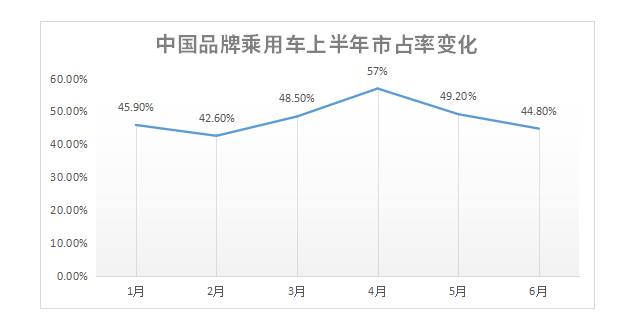
As can be seen from the above figure, within three months of the outbreak of the epidemic in March, the market share of Chinese brands of passenger vehicles has briefly increased sharply.In March, the market share increased by nearly 6 percentage points from the previous month, and the next month reached the highest point so far - 57%, breaking the 50% red line for the first time.This is mainly because of the impact of the epidemic in March, the production of local car companies in Shanghai and Jilin has been suspended.
The two places are the production and parts supply bases of a number of leading joint venture brands, involving SAIC Volkswagen, SAIC-GM, FAW-Volkswagen, FAW Toyota, Tesla and other vehicle companies. Due to the epidemic, production has been suspended for up to 20 to 30 days.According to data fromGasgoo Automotive Research Institute, Shanghai's automobile production in April was only more than 1,100 vehicles, and the situation in Jilin was not much different.
Until mid-to-late April, Shanghai, Jilin, etc. promoted the resumption of work and production, and local OEMs gradually ushered in the resumption of work and production, and achieved 100% normal production after May.Also in May, the production and sales of joint venture car companies began to rebound.
Among them, German brands are represented, and the market share has risen from 19.5% in April to more than 20%.By June, almost all of the joint venture car companies achieved normal production. Among them, FAW-Volkswagen sold 214,000 vehicles that month, winning the sales championship again.
Under such circumstances, the market share of Chinese brand passenger cars has dropped to 44.8% by June.However, judging from the overall development of Chinese brand passenger vehicles in the first half of the year, the market share is rapidly approaching the 50% red line.Gasgoo found that among the top three passenger car sales in June, two Chinese brands, BYD (134,000 units) and Geely (127,000 units), overwhelmed SAIC Volkswagen, ranking second and third.
The China Automobile Association said that at the time of industrial transformation, Chinese brand passenger car companies seized development opportunities, comprehensively promoted the brand upward development strategy, and further narrowed the gap with foreign leading car companies.In addition, the precise grasp of the needs of young consumers, coupled with the advantages of local supply chains, Chinese brands have seized more opportunities.
New energy assists market share to increase
With the blessing of new energy and intelligence, Chinese brand passenger cars are expected to further increase their market share.In the view of the China Automobile Association, Chinese brands in the field ofnew energy vehicleshave become the absolute main force. Through accelerated integration with the intelligent network, they have occupied the first-mover advantage, and even surpassed joint venture brands in some technical fields.
Looking back at the development of Chinese brand passenger vehicles in the past eight years, 2018 is a key turning point.Jan Hellmich, the then general manager of HELLA (Shanghai) Management Co., Ltd., told Gasgoo that the decline of relevant subsidy policies and other factors led to a decline in sales, which in turn affected people's consumption behavior.
In addition, the trend of "new four modernizations" (electricity, intelligence, networking and sharing) has accelerated the elimination of China's auto market. The Chinese brand passenger cars that rely on the low-end market have entered a low period, and the market share has increased from 2017. 43.9% of the total fell all the way to 38.4% in 2020, falling below the "40%" red line.
Statement: the article only represents the views of the original author and does not represent the position of this website; If there is infringement or violation, you can directly feed back to this website, and we will modify or delete it.
Preferredproduct
Picture and textrecommendation
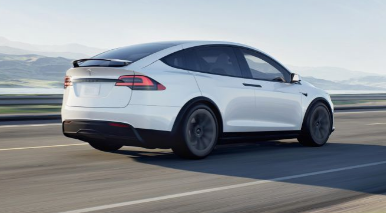
2022-08-04 12:57:12

2022-08-04 12:56:48

2022-08-04 12:56:28
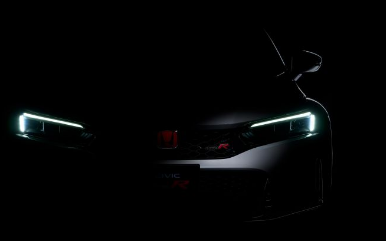
2022-08-04 12:56:04
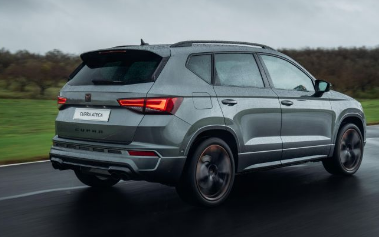
2022-08-04 12:55:36
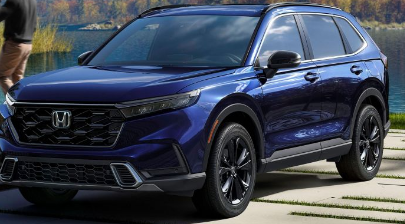
2022-08-04 12:55:11
Hot spotsranking
Wonderfularticles
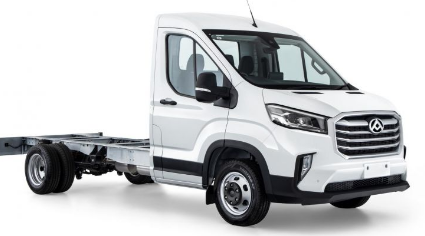
2022-08-04 12:54:48
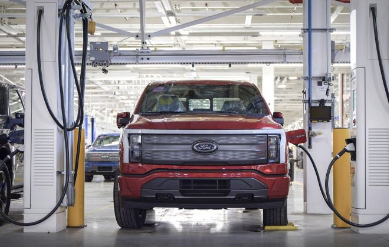
2022-08-04 12:54:20

2022-08-04 12:53:54

2022-08-04 12:53:32
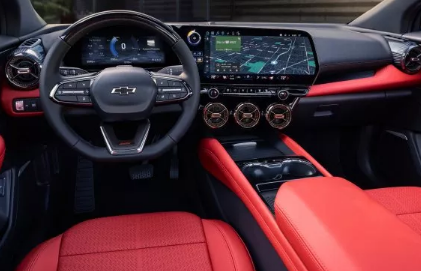
2022-08-04 12:53:03
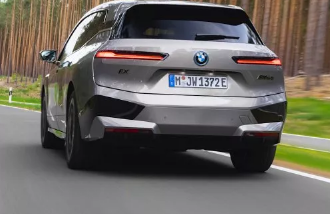
2022-08-04 12:52:26
Popularrecommendations
